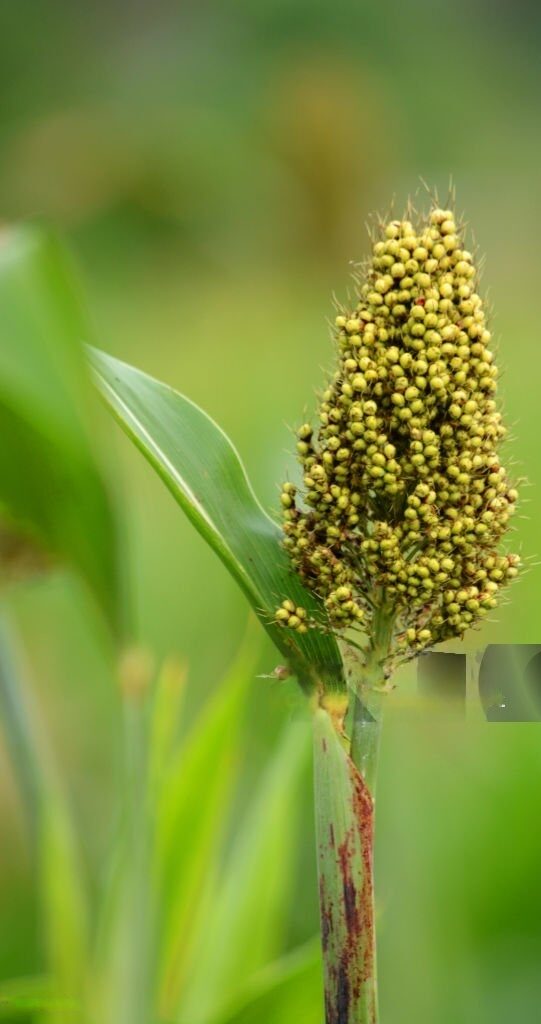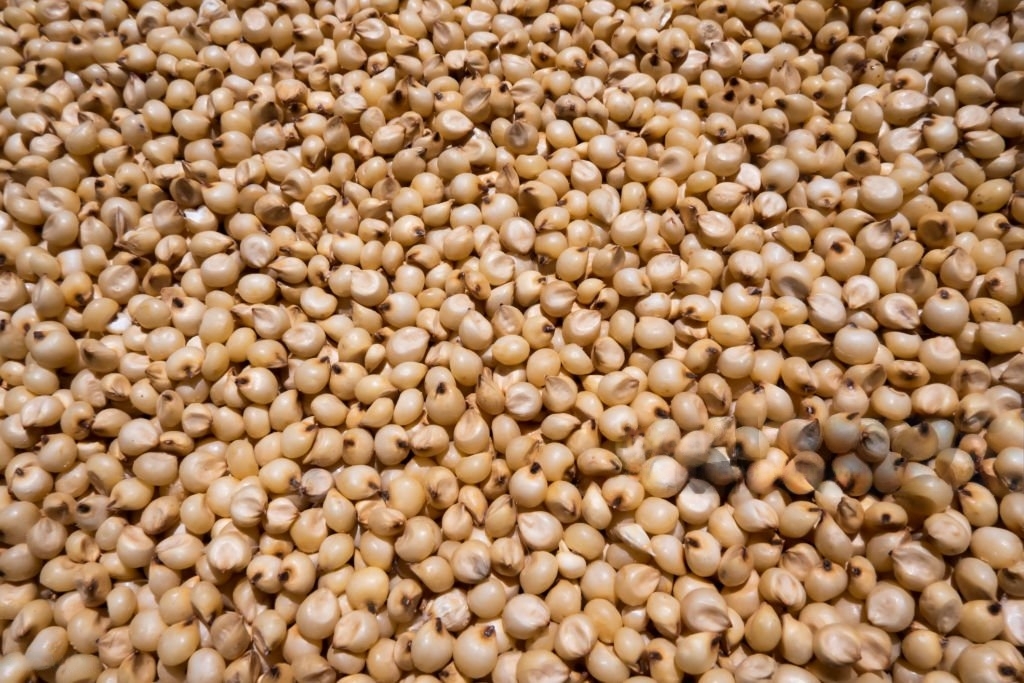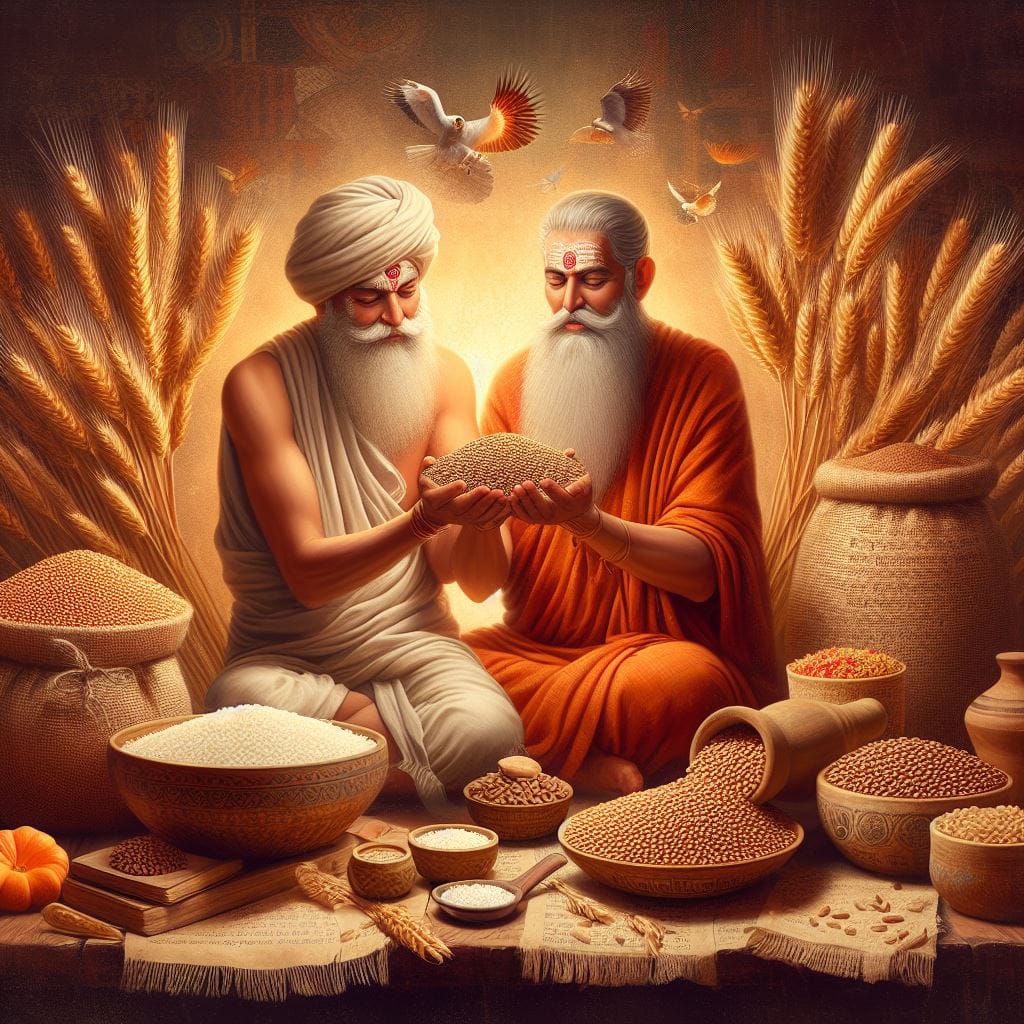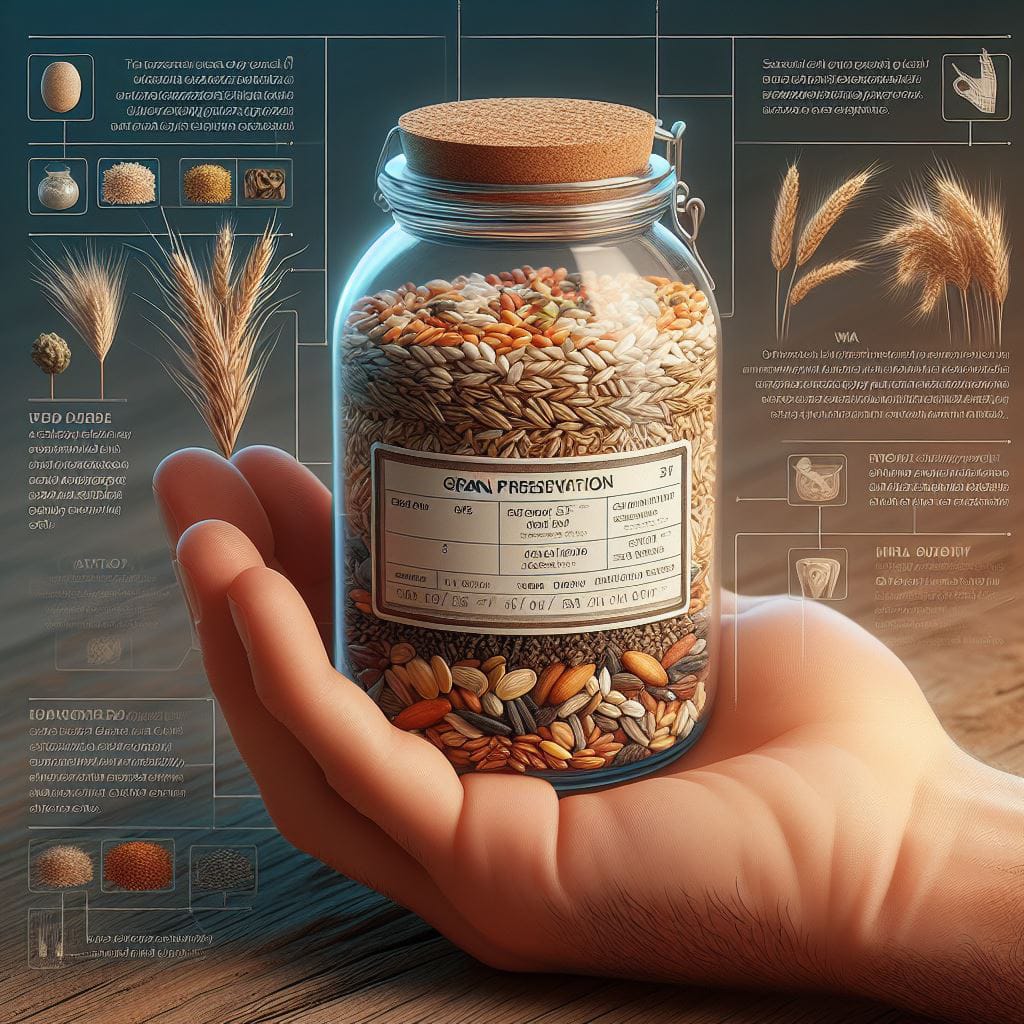Ancient Indian Grains: Jowar and Jhar Revealed
By: Rohit Kumar 02 February 2024 Bangalore, Karnataka
Grains are more than simply food in India; they are an integral part of who we are. For example, consider broomcorn and sorghum. These ancient grains, which have been adorning our fields and tables for generations, have shaped our civilization in addition to giving us food. Let’s explore more into the intriguing background of broomcorn and sorghum in India. We’ll learn the wealth of health benefits they provide as we investigate their surprisingly versatile use in our kitchens!

History and Origins
Sorghum, or jowar as it is known in Hindi, has long flourished in Indian fields! There is evidence that it traveled all the way from its African source to our subcontinent. Our forebears were quickly won over by this hard grain. Jowar was a true survivor because, unlike other crops, it could withstand erratic rains and thrive in a range of soil types.
Jhar is the Hindi name for broomcorn, another member of the sorghum family. This particular kind has a tall, feathery top and an interesting history in India. (Go on with your history of broomcorn here.)

India is the home of broomcorn, whose Indian name is Jhar! Not only were its distinctive feathery topping impressive, but its robust fibers also revealed a hidden talent to onlookers. Inventive brains came up with the idea to turn jhar into useful items like brushes, brooms, and even traditional Indian instruments!
Several Names for “Jowar” in Different Locations
| Place | Name for "Jowar" |
|---|---|
| English | Jowar |
| Hindi | ज्वार (Jwar) |
| Tamil | சோளம் (Sorgam) |
| Telugu | జొన్నలు (Jonnapulu) |
| Kannada | ಜೋಳ (Jola) |
| Bengali | জোয়ার (Jowar) |
| Malayalam | ചോളം (Cholam) |
| Gujarati | જુવાર (Jawar) |
| Marathi | ज्वारीचे पिठ (Jwari chi peeth) |
| Odia | ଜୁଆର (Juara) |
| Punjabi | ਜੋਵਾਰ (Jowar) |
Nutritional Value
One of the reasons why sorghum and broomcorn have stood the test of time is their impressive nutritional value. They are rich in fiber, which helps keep our digestion in check and makes us feel full for longer. They also contain important vitamins and minerals like iron, which keeps our blood healthy, and B vitamins, which give us energy.

For many Indians who have gluten allergies or sensitivities, jowar and jhar are like blessings from the earth. They are naturally gluten-free, so they can be enjoyed by everyone without worrying about tummy troubles.
100 grams of jowar yields 329 kilocalories of energy. The nutrients contained within it include the following:
Culinary Delights
Beyond being resilient survivors, jowar and jhar are also gourmet chameleons! These adaptable grains are excellent in a wide variety of Indian recipes. Consider the state of Maharashtra. Here, jowar is the star ingredient in bhakri, a flatbread that goes well with spicy curries and chutneys. Other parts of India employ jowar wheat to make delicious pancakes with their own unique flavor and texture, so forget about the rice dosas of the south.

Jowar and Jhar are superstars when it comes to nibbling as well as appearing in main meals! Feeling peckish after a good movie? Pop these grains, just like you would popcorn, to make a crispy, light treat. In need of a delicious boost? You may make delectable cookies, cakes, and other sweet delicacies by grinding jowar and jhar into flour.
Earth-Friendly Benefits
The ecosystem is also greatly benefitted by Jowar and Jhar! These champion grains save the day in a world where environmental protection is a major concern. Greenhouse beans are super stars for sustainable agriculture since they flourish on less water and require less chemicals than other types of crops. Jowar and jhar come to the rescue of farmers, particularly in regions where water is scarce. You’re not only rewarding your taste buds when you choose jowar and jhar, but you’re also helping our farmers and the environment!

Preserving Tradition
The Indian people have a deeper meaning for jowar and jhar than merely their flavor. A custom that has been carefully passed down from parents to children for many generations, these grains serve as a potent link to our ancestry. Food was a labor of love in earlier days, when every mouthful is a delightful remembrance of those simpler times. A sense of belonging and community was fostered back then as meals were shared around the table with family and friends. The warmth that binds us to our heritage and the generations that came before us is maintained by jhar and jowar.

We should not lose sight of our predecessors’ wisdom as we go into the present day. Jowar and jhar are colorful threads woven into the very fabric of India’s richly varied grain tapestry, which is a treasure to be celebrated. Let us not forget the customs that have kept us alive for generations.